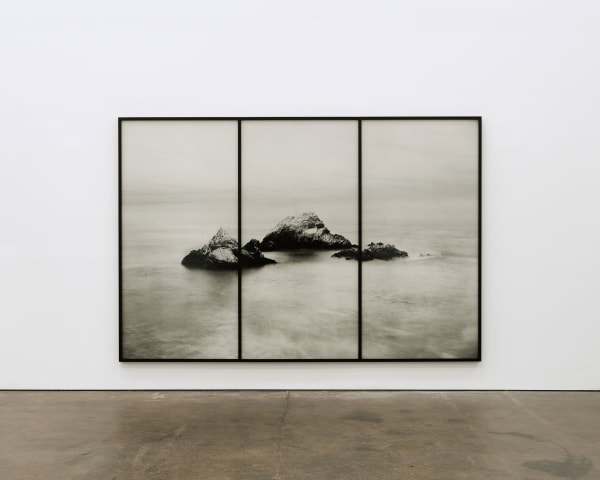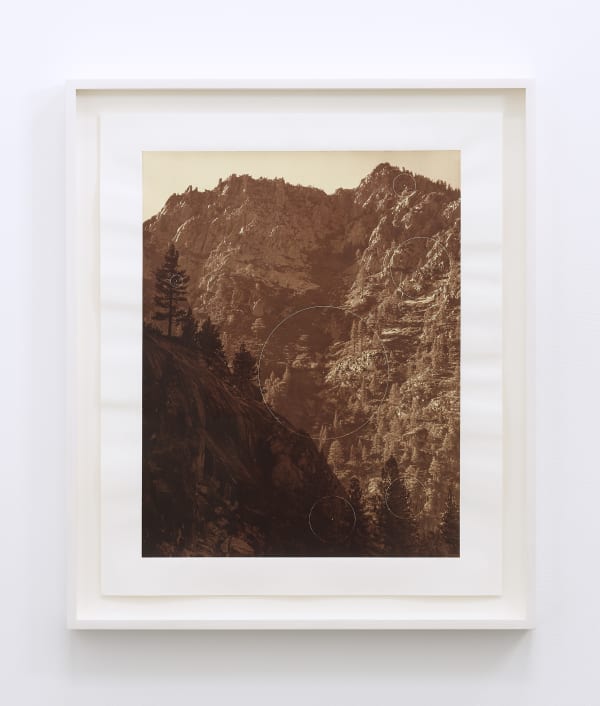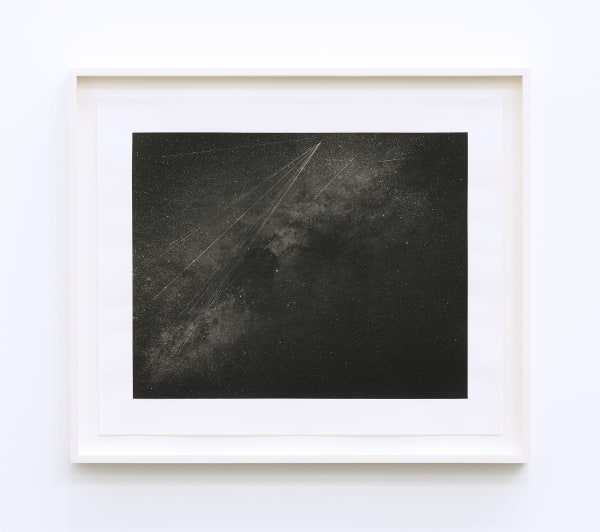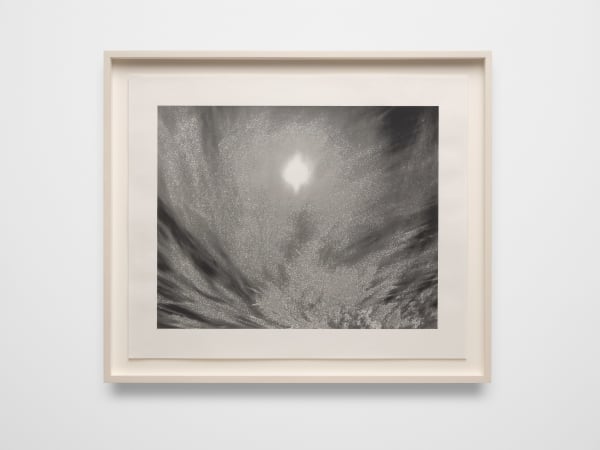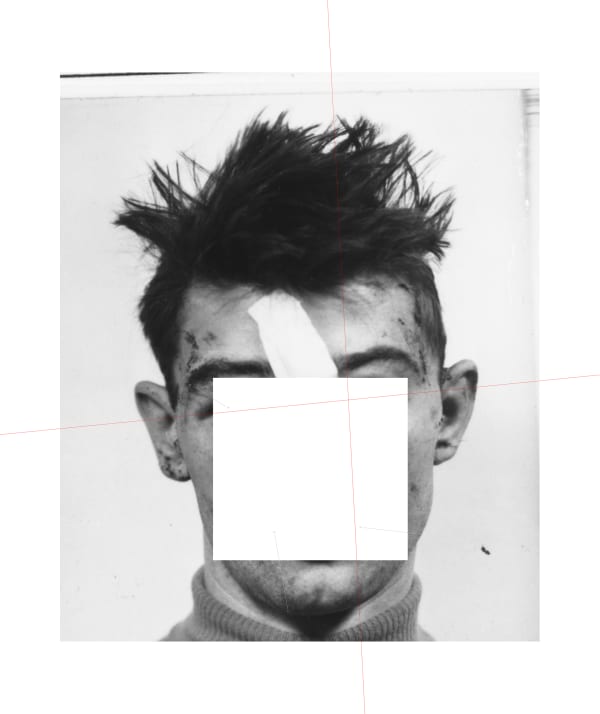Trevor Paglen: Territory
-
Territory
-
Altman Siegel is pleased to present a body of new work by artist Trevor Paglen. This will be his fifth exhibition at the gallery. Trevor Paglen's new photographs position the origins of computer vision, facial recognition, and artificial intelligence in the tradition of landscape photography of the American West. Examining histories of seeing in relation to technological advancements, Paglen reveals underlying structures of power and the changing role of the image.
Capturing dramatic vistas shot around Yosemite, Black Canyon, the California Coast, and other iconic landscapes, Paglen refers to classic works by Muybridge, O'Sullivan, Watkins, Hillers, and other 19th century "frontier" photographers. While we often encounter these historical referents in a museum setting today, many of these seminal images were originally produced for the US Department of War on military "reconnaissance" surveys and are embedded with the colonial narratives of Western Expansion. What would a contemporary iteration of frontier photography reveal about our current structures of power?
With the advent of computer vision and artificial intelligence, the role of images and photographs has changed dramatically. From industrial fabrication and self-driving cars to facial recognition and biometric surveillance, computer vision algorithms are working invisibly in our daily lives. Paglen investigates the formal and conceptual logics of computer vision and AI by using modified machine vision software to produce images revealing the internal mechanisms of the algorithms. Returning to the western landscapes captured by his predecessors, Paglen translates his 8x10 negatives into digital files that can be read by AI. He then overlays lines, circles and strokes that signify how computer vision algorithms attempt to "see" by creating mathematical abstractions from images.
Trevor Paglen: Territory Press Release -
-

Carleton Watkins, Yo-Semite Falls, 2643 ft., from Glacier Point, ca. 1872
-
-

Carleton E. Watkins, Seal Rocks, Cliff House, ca. 1868
-
-

Timothy H. O'Sullivan, Karnak, looking east, Montezuma Range, Nevada, 1867
-
-
"The following photographs were all printed in collaboration with master printer Barret Oliver, who specializes in re-creating historical photographic prints and processes to make historically accurate prints. These are all contact-prints - they're made by putting the negative into a frame with a sheet of sensitized paper and exposing the frame to the sun to create the exposure.
To make these prints, I had to shoot the film, scan it, process the digital images through computer vision algorithms and then make a negative from the digital file so that it could go back to the analog printing process. Each individual print is hand-made and is unique."- Trevor Paglen
-
-
-
-
-

Lewis Morris Rutherfurd, The Moon, New York, 1865
-
-
-
They Took the Faces from the Accused and the Dead...
"To create facial-recognition software, computer scientists and software engineers need large collections of faces. These ‘training images’ are used to develop, test, and evaluate the veracity and efficiency of facial recognition algorithms. Before the advent of social media, a common source of faces for this research and development came from mugshots of accused criminals and prisoners. Photos of prisoners are supplied by the American National Institute of Standards (the agency responsible for weights and measures) to researchers across the world developing facial recognition technologies. In a very real sense, facial recognition software is built upon the faces of prisoners."
– Trevor Paglen
-
-
-
"I think that for me what unites the works in this exhibition it’s something to do with the relationship between photography, computer vision, and extraction.
If we look at real-life forms of computer vision, let’s ask what they’re designed to do. We might say 'oh they’re for navigating cars, or for doing quality control for manufacturing, or for recognizing objects or whatever' – I think to that I’d say: no, these forms of 'seeing' are mostly about doing one of two things, often in tandem. First, making money. Second, increasing the efficiency of centralized forms of power, for example the police or the military. And that this has a long history – that the 19th Century photos I reference in this body of work were part of efforts led by the Department of War to map the west and to figure out how to mine it and settle it. The photographs of prisoners were meant to make policing more effective and more powerful.
This body of work for me is about trying to see how photography and power were coupled together in the past, and to think about how those couplings might be taking place now in the age of computer vision and AI."
– Trevor Paglen
-
3D Walkthrough
-

-
For more information please contact Altman Siegel at (415) 576-9300 or info@altmansiegel.com.




